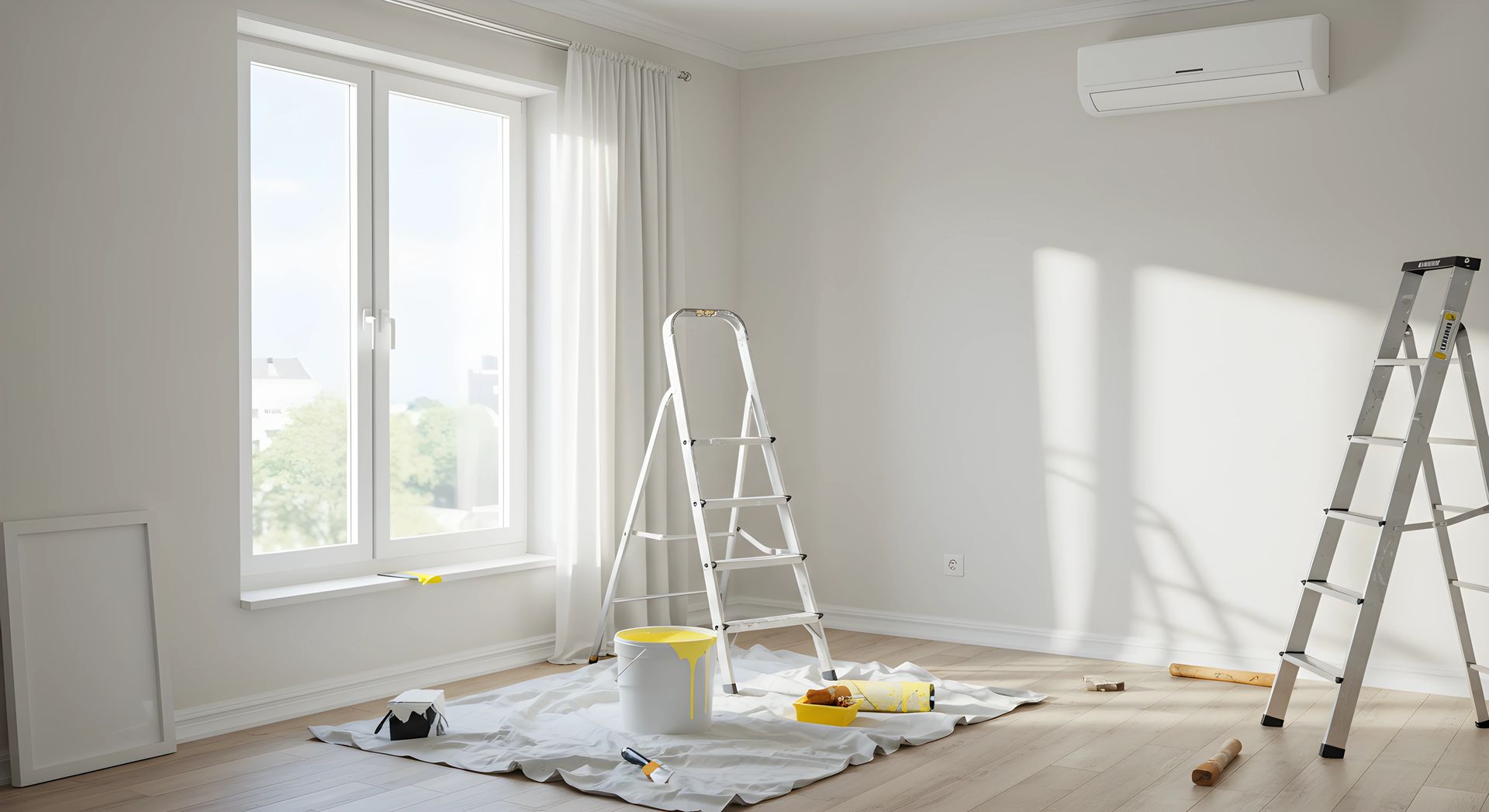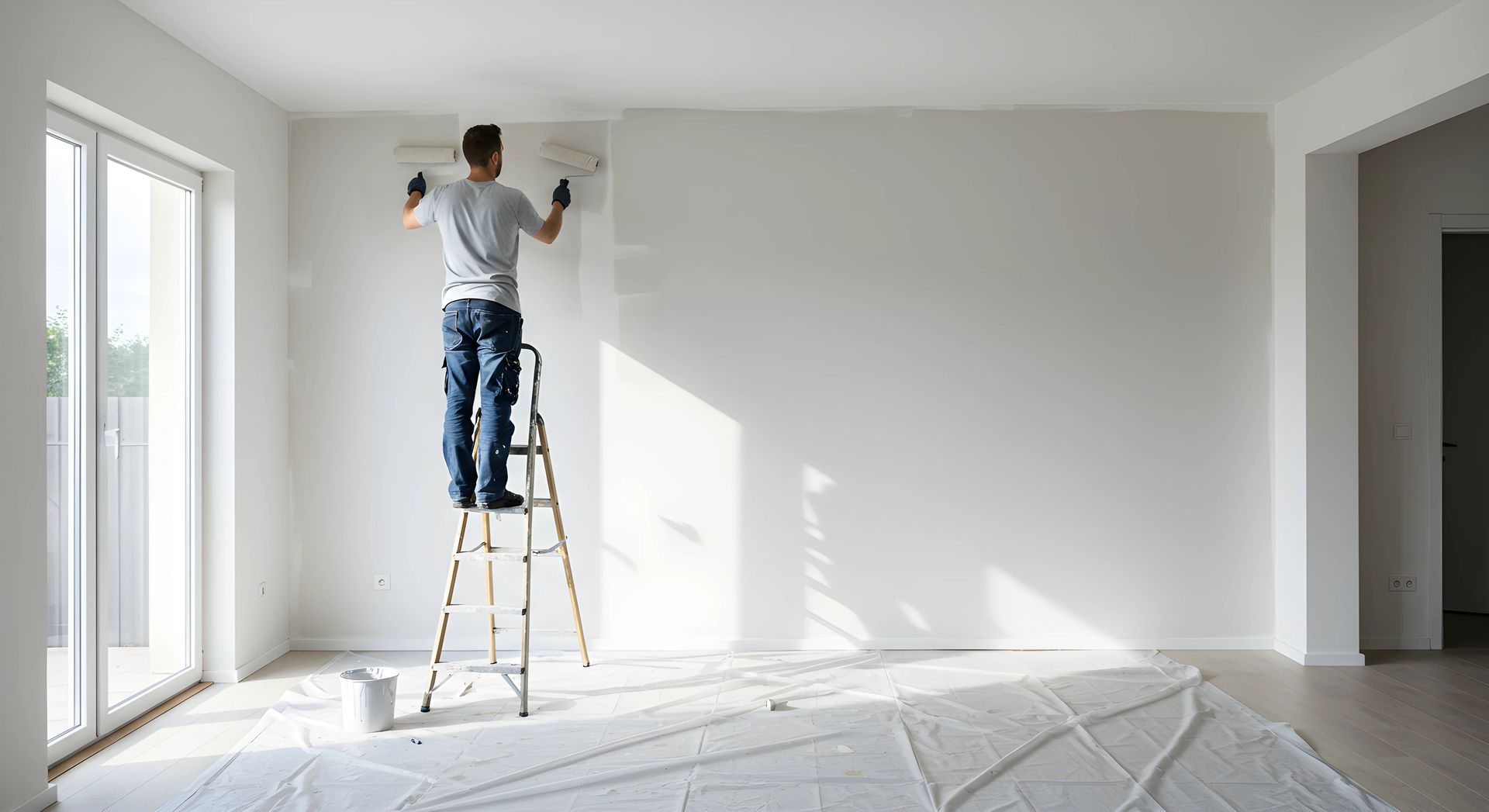Exploring the Possibilities: Can You Change the Color of Cabinet Paint?
Painting your cabinets can significantly impact the look of your kitchen or bathroom. However, if you're considering changing the color of your cabinet paint, you may wonder if it's possible and what the process entails. In this guide, we'll explore the possibilities of changing the color of cabinet paint and provide insights into the process.
Is It Possible to Change the Color of the Cabinet Paint?
Yes, it is possible to change the color of the cabinet paint. Whether your cabinets are painted or stained, you can update the color to match your desired aesthetic. However, there are several factors to consider before proceeding with this project:
Existing Finish: If your cabinets are painted, changing the color is relatively straightforward. However, if they are stained, you will need to remove the already existing finish before applying a new paint color.
Type of Paint: The paint used on your cabinets will impact the ease of changing the color. Water-based paints are easier to work with and can be painted over with minimal preparation. Oil-based paints, on the other hand, may require more preparation, including sanding and priming, to ensure the new paint color adheres.
Preparation: Proper preparation is critical to a successful cabinet paint color change. This includes cleaning the cabinets thoroughly, sanding the surface to remove any gloss, and applying a primer to ensure adhesion of the new paint color.
Color Selection: When choosing a new paint color for your cabinets, consider the overall aesthetic of your space and select a color that complements your design style. Consider trends and timeless colors that will stand the test of time.
Professional vs. DIY: While changing the color of cabinet paint can be a DIY project, hiring a professional painter such as Hometown Wellington House Painting
is the best way to go for optimal results. A professional painter has the tools, skills, and expertise to make certain of a smooth and even finish.
Process of Changing the Color of Cabinet Paint
Here is a general overview of the process involved in changing the color of cabinet paint:
Remove Cabinet Doors and Hardware: Remove the cabinet doors and hardware to prepare them for painting.
Clean and Sand Cabinets: Thoroughly clean the cabinets to remove dirt, grease, and grime. Sand the surface to remove any gloss and produce a smooth base for the new paint color.
Prime Cabinets: Apply a primer to the cabinets to ensure adhesion of the new paint color and to provide a durable finish.
Paint Cabinets: Once the primer has dried, use a brush or roller to apply the new paint color to the cabinets. For the best results, apply thin, even coats. Cabinet painting
can appear challenging, but with careful and methodical work, you can achieve excellent results.
Reassemble Cabinets: Once the paint has dried, reassemble the cabinet doors and hardware and reinstall them on the cabinets.
Changing the color of cabinet paint is a great way to update the look of your kitchen or bathroom. Following the proper preparation and painting techniques, you can achieve a fresh new look that complements your design style. Whether you choose to paint the cabinets yourself or hire a professional painter, changing the color of cabinet paint can transform the look of your space and breathe new life into your cabinets.



